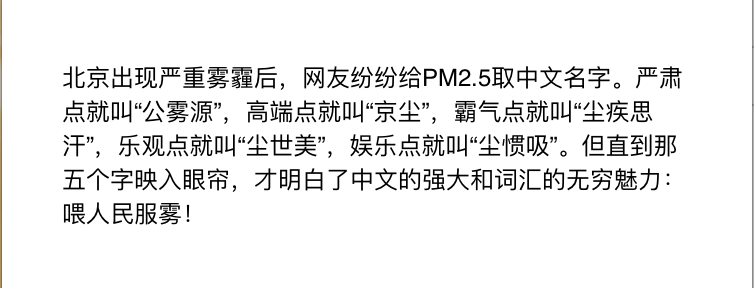字面量語法的使用--IOS
使用oc時,經常會用到NSString,NSNumber,NSArray,NSDictionary,下面是關於他們的字面量語法的使用。
(1)字面數值
有時需要把整數,浮點數,布爾值封入oc對象中
一般寫法:
NSNumber *num = [NSNumber numberWithInt:1];
使用字面量語法:
NSNumber *num = @1;
其他類型使用字面量語法:
NSNumber *intNumber=@2;
NSNumber *[email protected];
NSNumber *[email protected];
NSNumber *boolNumber=@YES;
NSNumber *charNumber=@'a';
字面量也適用於以下表達式:
int x=5;
float y =6.15f;
NSNumber *z=@(x*y);
(2)字面量數組
一般寫法:
NSArray *animals=[NSArray arrayWithObject:@cat,@dog,@mouse,nil];
使用字面量語法:
NSArray *animals=@[@cat,@dog,@mouse];
數組的操作
一般寫法:
NSString *dog=[animals objectAtIndex:1];
使用字面量:
NSString *dog=animals[1];
(3)字面量字典
一般寫法:
NSDictionary *personData=[NSDictionarydictionaryWithObjectsAndKeys:@Matt,@firstName,@Galloway,@lastName,[NSNumber numberWithInt:28],@age,nil];
使用字面量:
NSDictionary *personData=@{@firstName:@Matt,@lastName:@Galloway,@age:@28};
字典的操作
一般寫法:
NSString *lastName=[personData objectForKey:@lastName];
使用字面量:
NSString *lastName=personData[@lastName];
(4)可變數組與字典
通過取下標操作,可以訪問數組中某個下標或字典中某個鍵所對應的元素。如果數組與字典對象是可變的,那麼也能通過下標修改其中的元素值。
一般寫法:
[mutableArray replaceObjectAtIndex:1 withObject:@dog];
[mutableDictionary setObject:@Galloway forKey:@lastName];
使用字面量:
mutableArray[1]=@dog;
mutableDictionary[@lastName]=@Galloway;




